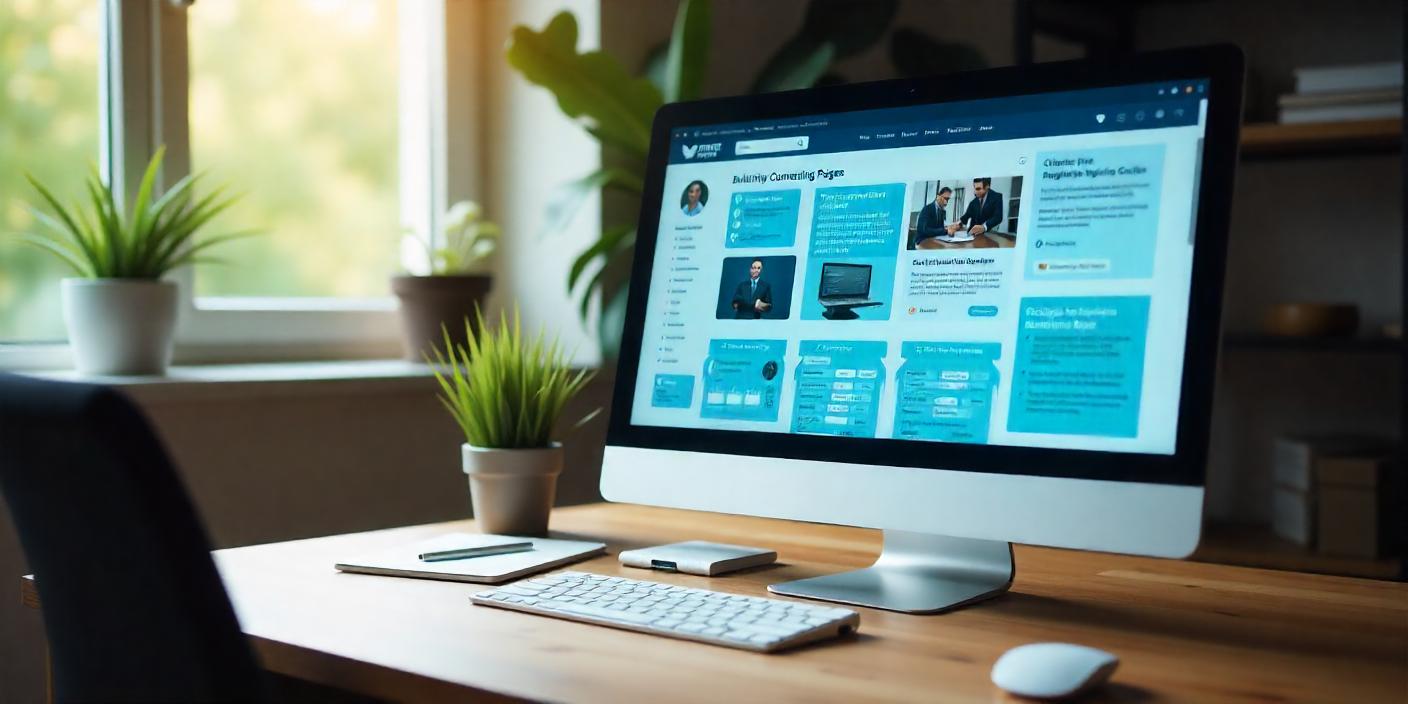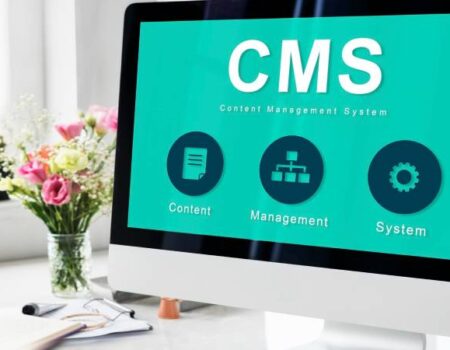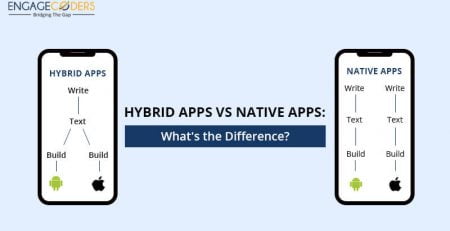Your Easy 6-Step Guide to Crafting High-Converting Landing Pages
A well-optimized landing page is the foundation of any successful online marketing campaign. Whether you are looking to generate leads, increase sales, or promote a specific offer, a landing page plays a crucial role in driving conversions. But creating an effective landing page isn’t just about designing a good-looking page. It involves understanding user behavior, applying psychological triggers, and ensuring every element aligns with the goal of conversion.
In this guide, we’ll break down every essential element of high-converting landing pages, discuss best practices, provide insights into the science behind user engagement, and help you build a landing page that delivers real results.
What is a Landing Page?
A landing page is a standalone web page created specifically for a marketing or advertising campaign. Unlike a typical webpage that encourages exploration, a landing page is designed with a single focus—getting visitors to take a specific action. This could be signing up for a newsletter, purchasing a product, registering for an event, or downloading a resource.
Unlike your homepage, which provides a broad overview of your brand, a landing page is highly targeted. It eliminates distractions and guides visitors toward the desired outcome by ensuring that everything on the page supports that goal.
Types of Landing Pages
Different campaigns require different types of landing pages. Here are the most common types:
- 1. Lead Generation Landing Pages
- 2. Click-Through Landing Pages
- 3. Event Registration Landing Pages
- 4. Sales Landing Pages
These are designed to capture user information in exchange for something valuable, such as an eBook, a webinar, or a free consultation. Example: A company offering a free guide on “The Ultimate SEO Strategy for 2024” in exchange for an email address.
These serve as a bridge between an ad and the actual offer, helping to warm up visitors before sending them to a checkout page. Example: An online course landing page that highlights key benefits before directing users to the purchase page.
Created to promote events, webinars, or workshops with a clear sign-up form. Example: A virtual summit on entrepreneurship that asks users to register to access exclusive speakers and sessions.
Focuses on direct purchases with persuasive content, pricing details, and strong CTAs. Example: A SaaS company showcasing their subscription plans with a “Start Free Trial” button.
Why Do You Need a Landing Page?
A landing page isn’t just a supplementary page for your website—it’s a conversion powerhouse. Here’s why:
- Higher Conversions:
- Improved Ad Performance:
- Better Audience Targeting:
- Enhanced Lead Generation:
- Stronger Brand Authority:
A focused message leads to increased conversions compared to sending visitors to a generic website page.
Paid ads perform better when they direct traffic to a relevant and optimized landing page rather than a homepage.
Landing pages allow you to tailor content to a specific audience segment, making your message more compelling.
By offering valuable content in exchange for contact information, you can grow your email list and nurture leads effectively.
A well-structured landing page builds credibility and reinforces your brand’s expertise by focusing on user needs.
6 Essential Steps to Building a High-Converting Landing Page
Creating a high-performing landing page involves more than just adding a call-to-action (CTA) button. It requires careful planning and execution of each essential step. Let’s break down the process:
1. Define Your Goal and Target Audience
Before you even begin designing your landing page, you need to have a clear goal. Ask yourself:
- What action do I want visitors to take?
- Who is my target audience?
- What problem am I solving for them?
- What value am I offering in exchange for their action?
By defining your goal and audience, you ensure that every element of your landing page aligns with the desired outcome. For example, a landing page for an email marketing course should focus on attracting marketers who want to improve their campaigns, rather than targeting general business owners who may not be interested in email marketing.
Understanding your audience’s pain points, desires, and behaviors will help you craft messaging that resonates with them and increases conversions.
2. Craft a Compelling Headline and Subheadline
Your headline is the first thing visitors see, and it determines whether they stay or leave. It should:
- Capture attention immediately.
- Clearly communicate the primary benefit of the offer.
- Create curiosity or urgency.
For example:
- “Unlock Your Potential: Join Our Free Masterclass Today”
- “Get 50% Off – Limited Time Offer!”
A well-crafted headline keeps visitors engaged and encourages them to explore further.
Your subheadline supports the headline by providing additional context. While the headline grabs attention, the subheadline reinforces the key message and entices users to keep reading.
For example:
- Headline: “Master Digital Marketing in Just 30 Days”
- Subheadline: “Join our expert-led course and gain the skills you need to excel in today’s digital world.”
3. Create a Visually Engaging Design
The design of your landing page plays a significant role in keeping visitors engaged. Best practices include:
- Using high-quality, relevant images that align with your offer.
- Incorporating explainer videos to increase trust and clarity.
- Avoiding stock photos that feel generic or impersonal.
- Maintaining a clean layout that minimizes distractions and enhances readability.
- Ensuring mobile responsiveness since a large percentage of visitors will be accessing your page via mobile devices.
4. Write Persuasive and Benefit-Driven Copy
Instead of just listing features, focus on the benefits of your offer. Here’s how:
Boring Feature: “Our software has advanced automation features.”
Compelling Benefit: “Save hours every week with our AI-powered automation tools!”
Your copy should be:
- Clear and concise.
- Focused on solving a problem.
- Using simple and conversational language.
- Highlighting what the user gains from taking action.
5. Add a Strong Call-to-Action (CTA)
Your CTA is the action you want visitors to take. Make it:
- Clear:
- Prominent:
- Compelling:
Use direct action words like “Sign Up Now,” “Download Your Free Guide,” or “Get Started Today.”
Use contrasting colors and buttons that stand out.
Explain what the visitor gets by clicking.
For example:
- “Get Your Free eBook Now!”
- “Start Your 7-Day Trial Today!”
- “Claim Your Exclusive Discount!”
6. Test, Optimize, and Improve
Even the best landing pages can improve. Conduct A/B testing by experimenting with different elements like:
Headlines and subheadlines.
- CTA button colors and text.
- Images and videos.
- Page layout and design.
Use analytics tools like Google Analytics, heatmaps, and conversion tracking to measure performance and optimize for better results.
Partner with our Digital Marketing Agency
Ask Engage Coders to create a comprehensive and inclusive digital marketing plan that takes your business to new heights.
Contact Us
Conclusion
A well-crafted landing page is a powerful tool for driving conversions, generating leads, and increasing sales. By focusing on clear messaging, strong visuals, persuasive copy, and strategic CTA placement, you can create a landing page that truly works. Keep optimizing through A/B testing, refine based on user behavior, and watch your conversion rates soar.
Start building your optimized landing page today and unlock the full potential of your marketing campaigns!








